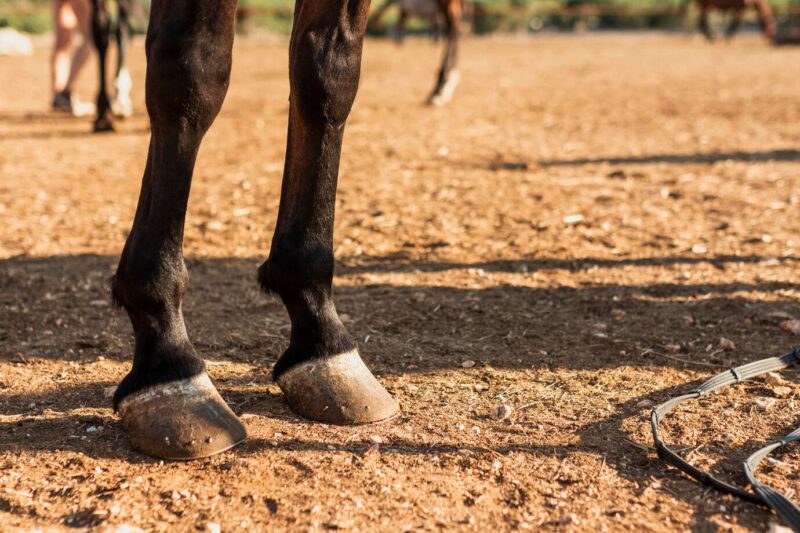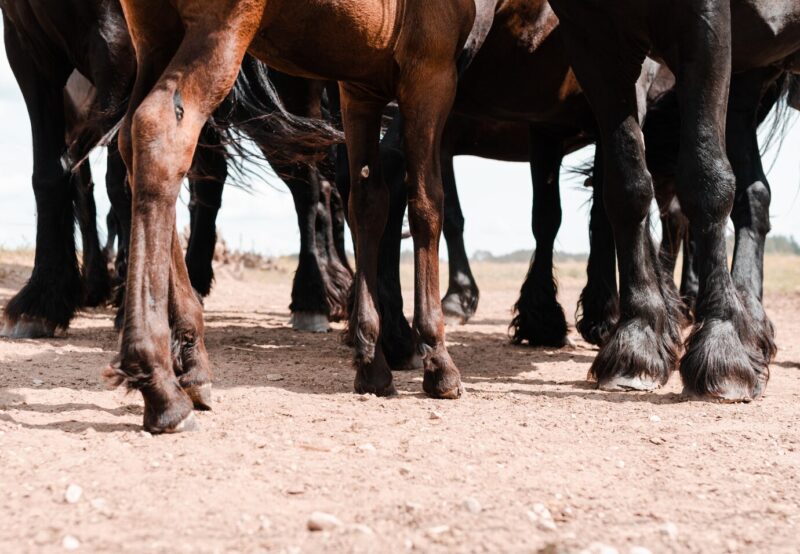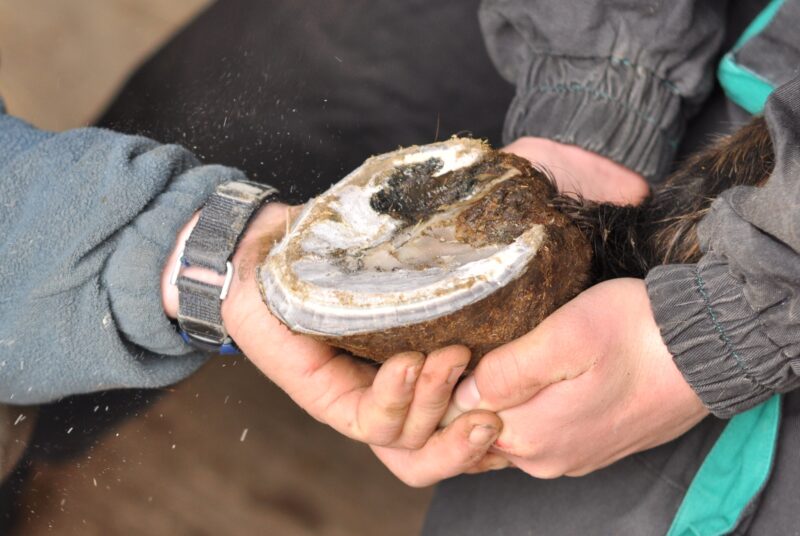Horse owners know the importance of keeping an eye on their equine friends health. One common issue that can affect horses is thrush, a fungal infection that primarily affects the hooves.
Recognizing the signs of thrush early on can help prevent discomfort and potential complications for your horse. In this comprehensive guide, we will walk you through the step-by-step process of checking for thrush in horses, so you can ensure your four-legged companion stays happy and healthy.
1. Recognizing the Symptoms of Thrush in Horses

Recognizing the symptoms of thrush in horses is essential for any horse owner or caretaker. One common sign of thrush is a foul odor emanating from the horses hoof, especially when the hoof is picked up and examined closely.
Additionally, look for any black or dark-colored discharge in the clefts of the hoof, as this can be a sign of an infection. If your horse demonstrates sensitivity or lameness, this could also be a symptom of thrush.
Keeping an eye out for these signs can help you catch thrush early and prevent it from progressing into a more serious issue.
2. Conducting a Physical Examination of the Hoof

To conduct a physical examination of the hoof, start by picking out each foot and cleaning it thoroughly with a hoof pick to remove dirt and debris. Next, check for any signs of thrush, which may include a foul odor, black or grayish discharge, or sensitivity when applying pressure to the frog.
Inspect the frog for any soft, spongy areas or discolored tissue, as this could indicate an infection. Additionally, look for any cracks, abnormalities, or foreign objects lodged in the hoof.
Its important to carefully assess the overall health and condition of the hoof to ensure the horses comfort and well-being.
3. Performing a Thrush Test on Your Horses Hoof

Performing a thrush test on your horses hoof is an essential part of maintaining their overall health and well-being. To start, thoroughly clean your horses hoof with a hoof pick to remove any dirt or debris.
Next, gently press on the frog of the hoof with your thumb to check for any sensitivity or foul odor, which are common signs of thrush. You can also use a hoof knife to carefully trim away any dead or decaying tissue, as thrush thrives in dark, damp environments.
Finally, apply a thrush treatment solution, such as a commercial thrush remedy or a homemade mixture of apple cider vinegar and water, to help clear up any infection. Regularly inspecting and treating your horses hooves for thrush can help prevent more serious issues from developing and keep your horse comfortable and healthy.
Conclusion
In conclusion, checking for thrush in horses is an important part of maintaining their overall health and well-being. By following the three-step guide outlined in this article, horse owners can effectively identify and address thrush in their animals before it becomes a more serious issue.
Additionally, regular Thrush Prevention measures, such as keeping hooves clean and dry, can help to reduce the likelihood of infection occurring in the first place. By staying vigilant and proactive in caring for their horses hooves, owners can ensure that their animals remain healthy and happy for years to come.


